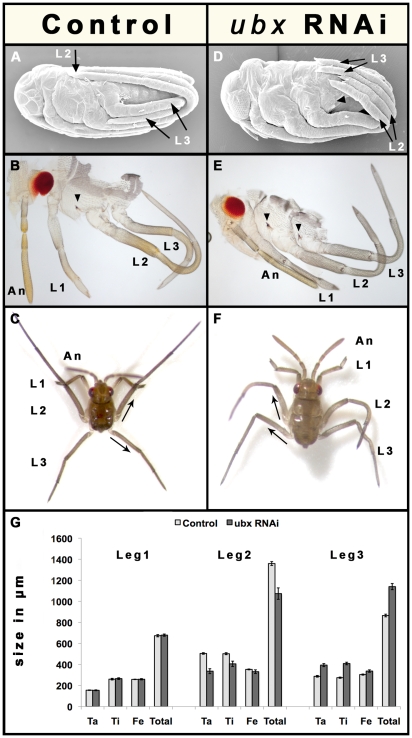Figure 4. Ubx RNAi phenotypes in G. buenoi.
(A,B) YFP control embryos and C YFP control first instar larvae show wild type development. (D,E) Ubx RNAi embryos and (F) Ubx RNAi first instar larvae show a variety of phenotypes affecting segment identity and leg sizes. In control embryos, L2 legs are longer and adopt a ventral-to-dorsal arrangement, whereas L3 are shorter and adopt a lateral-to-lateral arrangement (A). In ds-Ubx embryos, L2 legs look now shorter than L3 and both pairs adopt a ventral-to-lateral arrangement (B). The effect of Ubx depletion on the sizes of L2 and L3 is more obvious in dissected embryos (B,E), where L2 becomes shorter and L3 longer in Ubx embryos E compared to the controls (B). Note the appearance of the spiracle that characterizes L2 in Ubx-depleted L3 (arrowheads in B and E). Ubx RNAi larvae in (F) bear L2 and L3 legs that are similar in size and morphology compared to control larvae (C). Note that in Ubx RNAi larvae (E), L2 are curved towards the posterior and L3 femurs point towards the head, which is a usual posture for wild type L2 (arrows in F). (G) Comparison of the sizes of appendage segments between control and Ubx RNAi late embryos (in A and B). Data are expressed as means±SD. Ubx RNAi causes size shortening in L2 and size elongation in L3. The leg segments that are the most affected by Ubx depletion are the tarsi and the tibias in both appendages.

